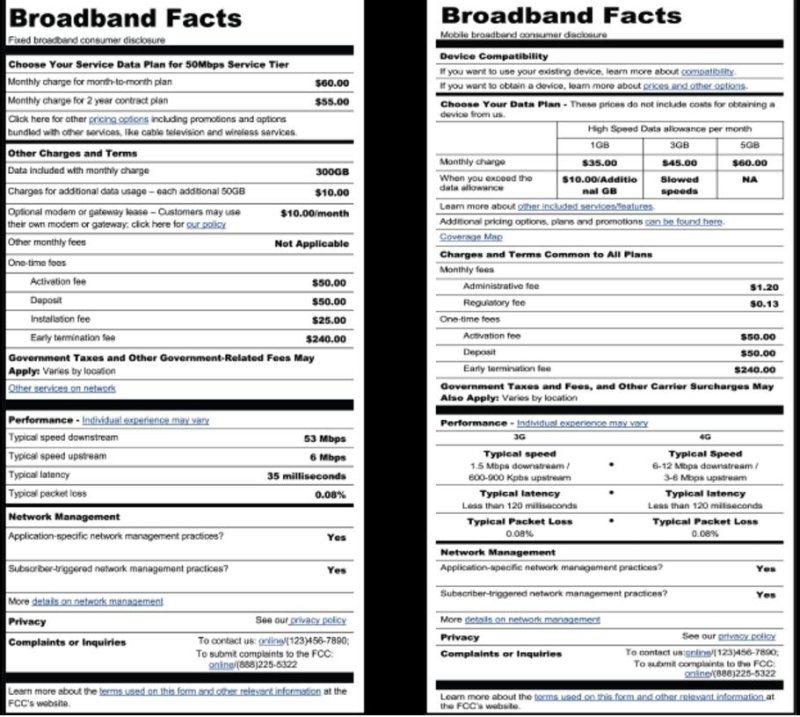woodjack
Senior Member
NewsFactor Network
Yes tax away. Don't you know we need this national public safety network, it will work seemlessly, well of course everyone has to be on the same page and we all know that will happen, all responders will be accurately trained on how to use it and operate it. Stop everything to update and send the information so that even the CIA will know when a drug bust is going down. Phones and E-mail are so outdated we need another system to learn to use so that everything will work better. And by the time everyone is trained properly on it and it is implemented we will need another national safety network because this one will be outdated and obsolete so they might as well tax us more for possible future upgrades. Because don't you know this is all about public safety.
NewsFactor Network
FOXNews.com - Obama Administration Eyes New Taxes, Fees for National Broadband Network
Do You Want to Pay a 'National Broadband Fee'? | News & Opinion | PCMag.com
all articles are on the same topic so you can look at different sources.
Yes tax away. Don't you know we need this national public safety network, it will work seemlessly, well of course everyone has to be on the same page and we all know that will happen, all responders will be accurately trained on how to use it and operate it. Stop everything to update and send the information so that even the CIA will know when a drug bust is going down. Phones and E-mail are so outdated we need another system to learn to use so that everything will work better. And by the time everyone is trained properly on it and it is implemented we will need another national safety network because this one will be outdated and obsolete so they might as well tax us more for possible future upgrades. Because don't you know this is all about public safety.
NewsFactor Network
FOXNews.com - Obama Administration Eyes New Taxes, Fees for National Broadband Network
Do You Want to Pay a 'National Broadband Fee'? | News & Opinion | PCMag.com
all articles are on the same topic so you can look at different sources.




